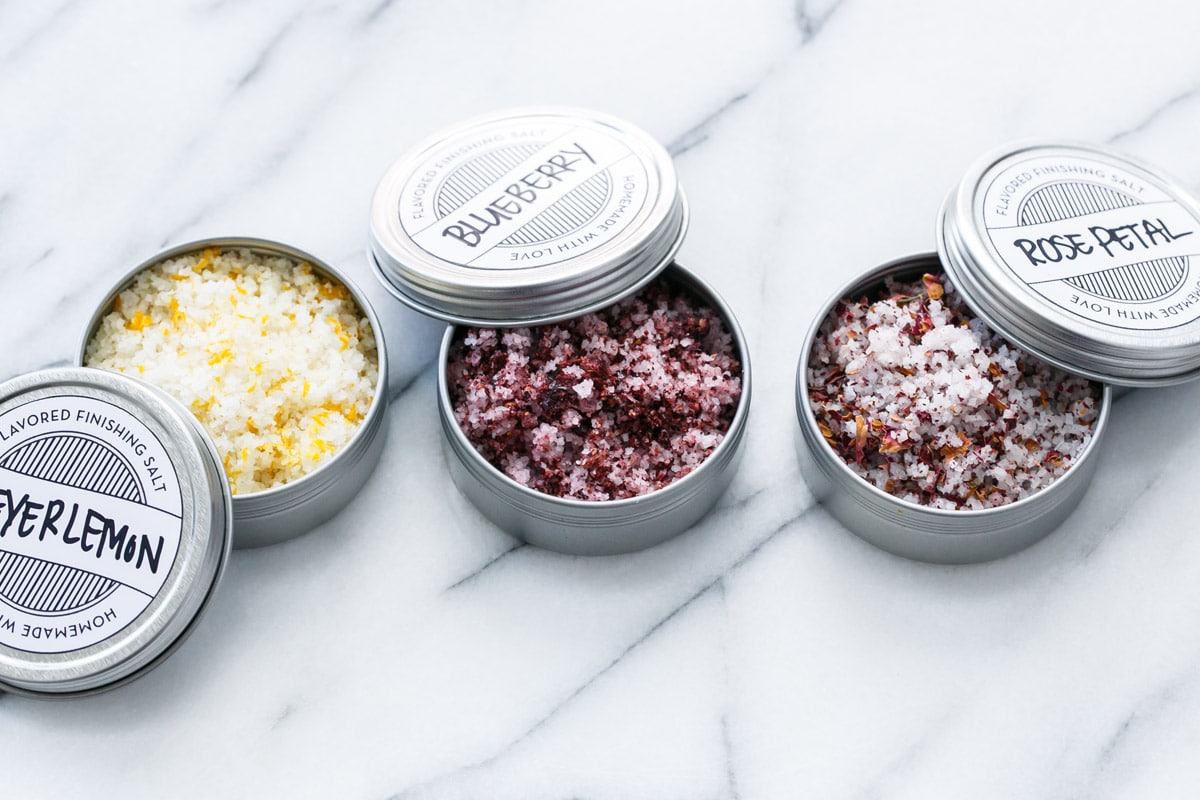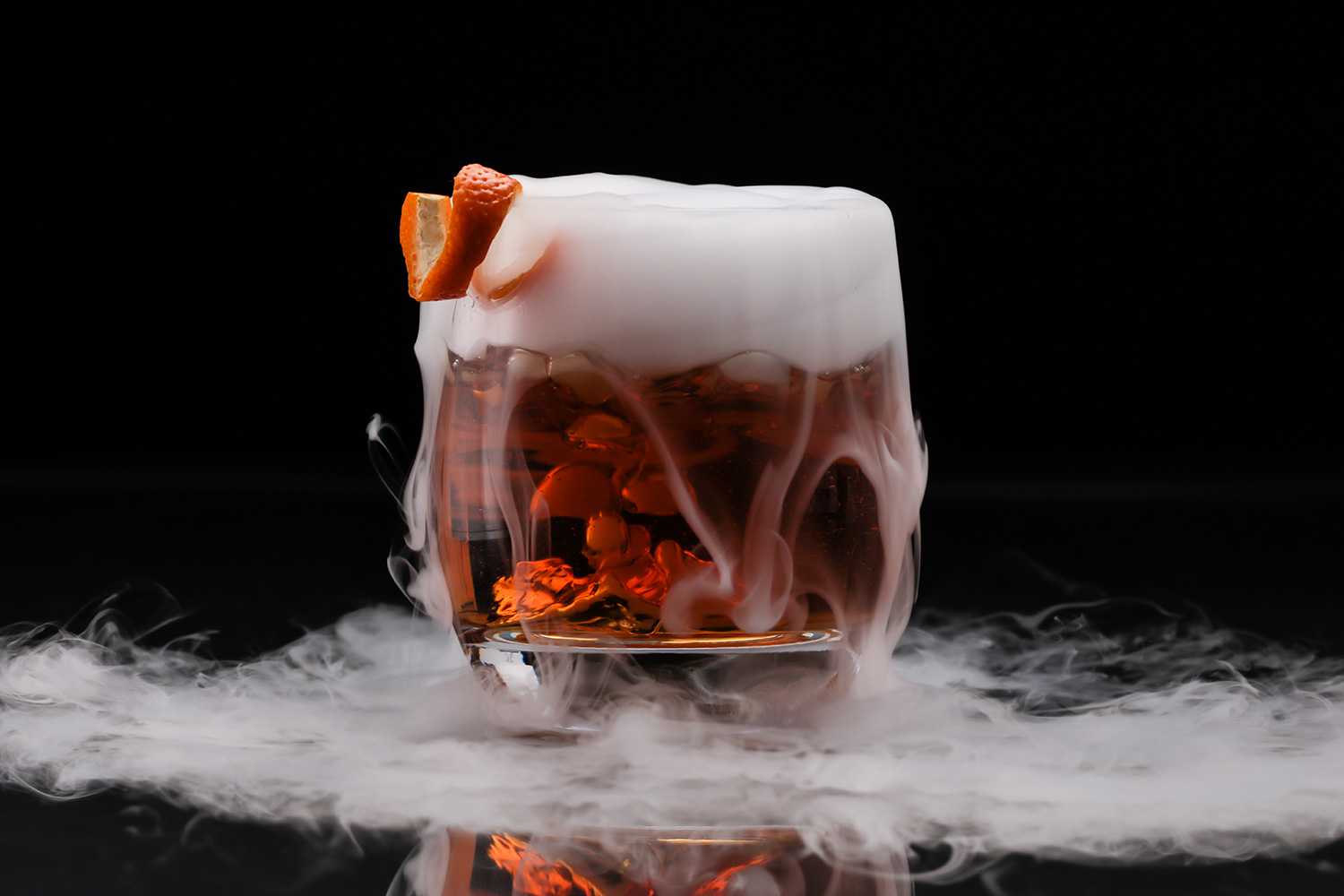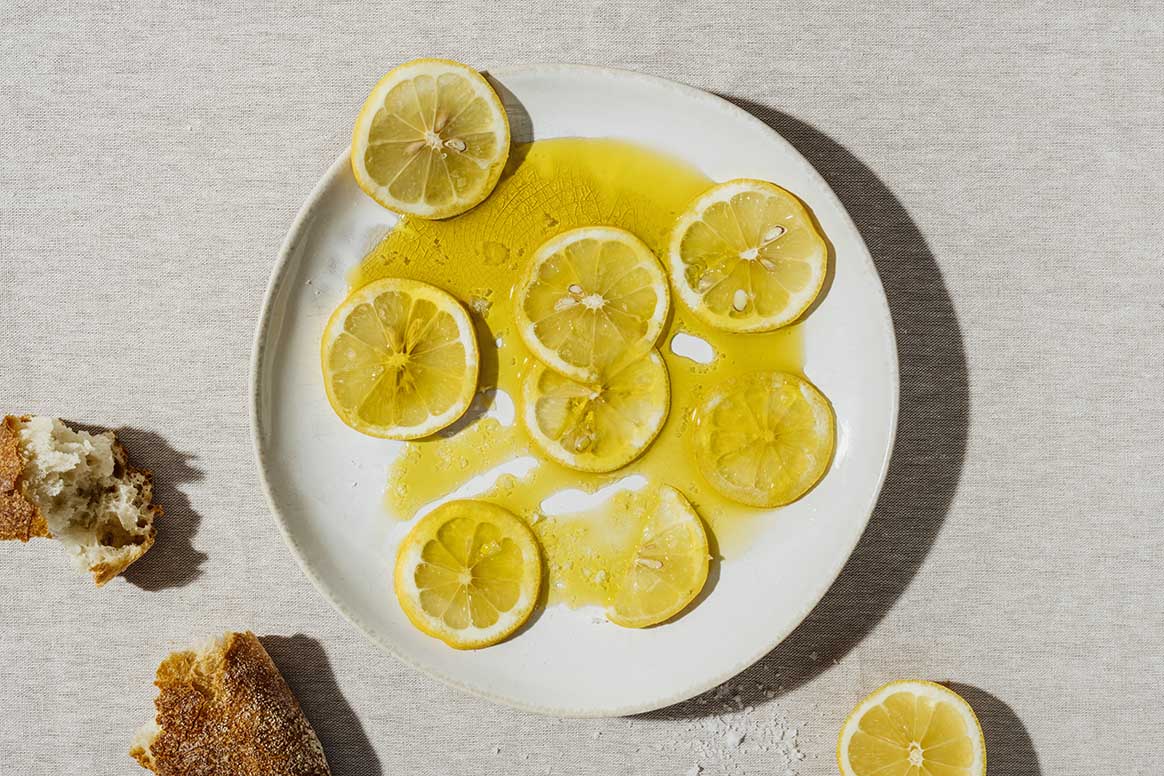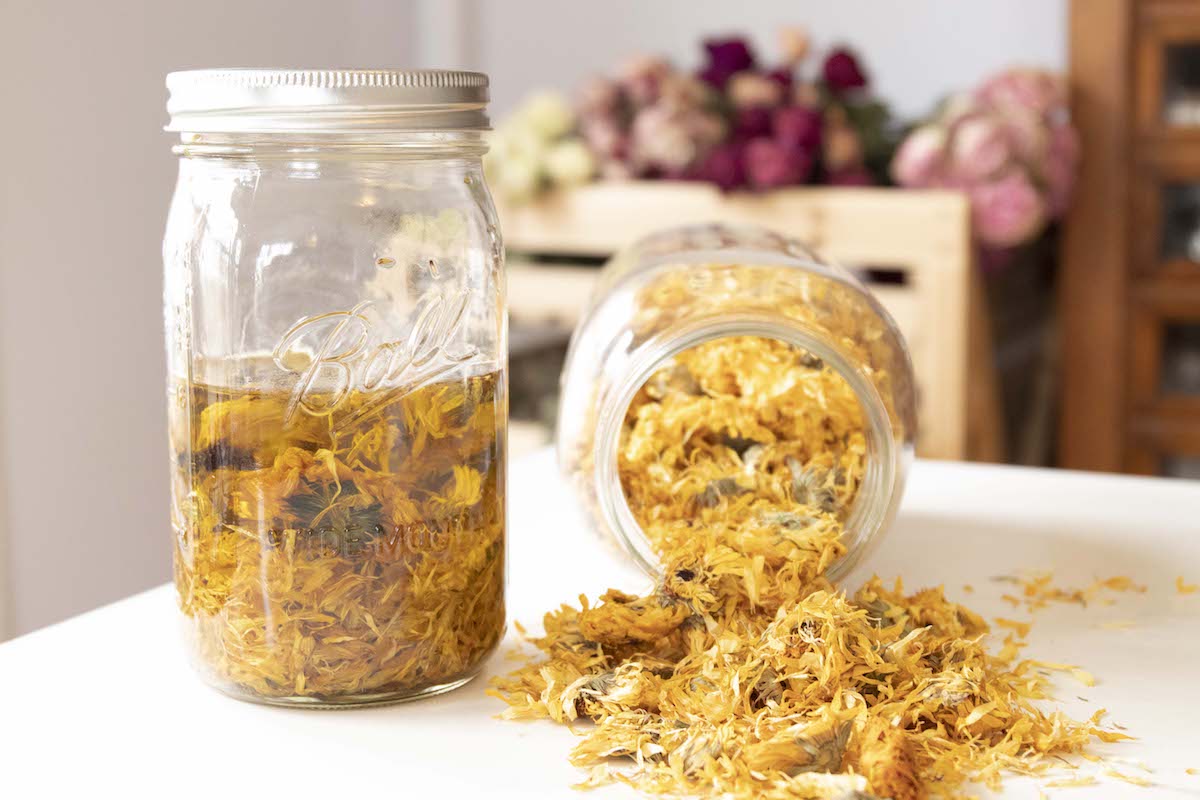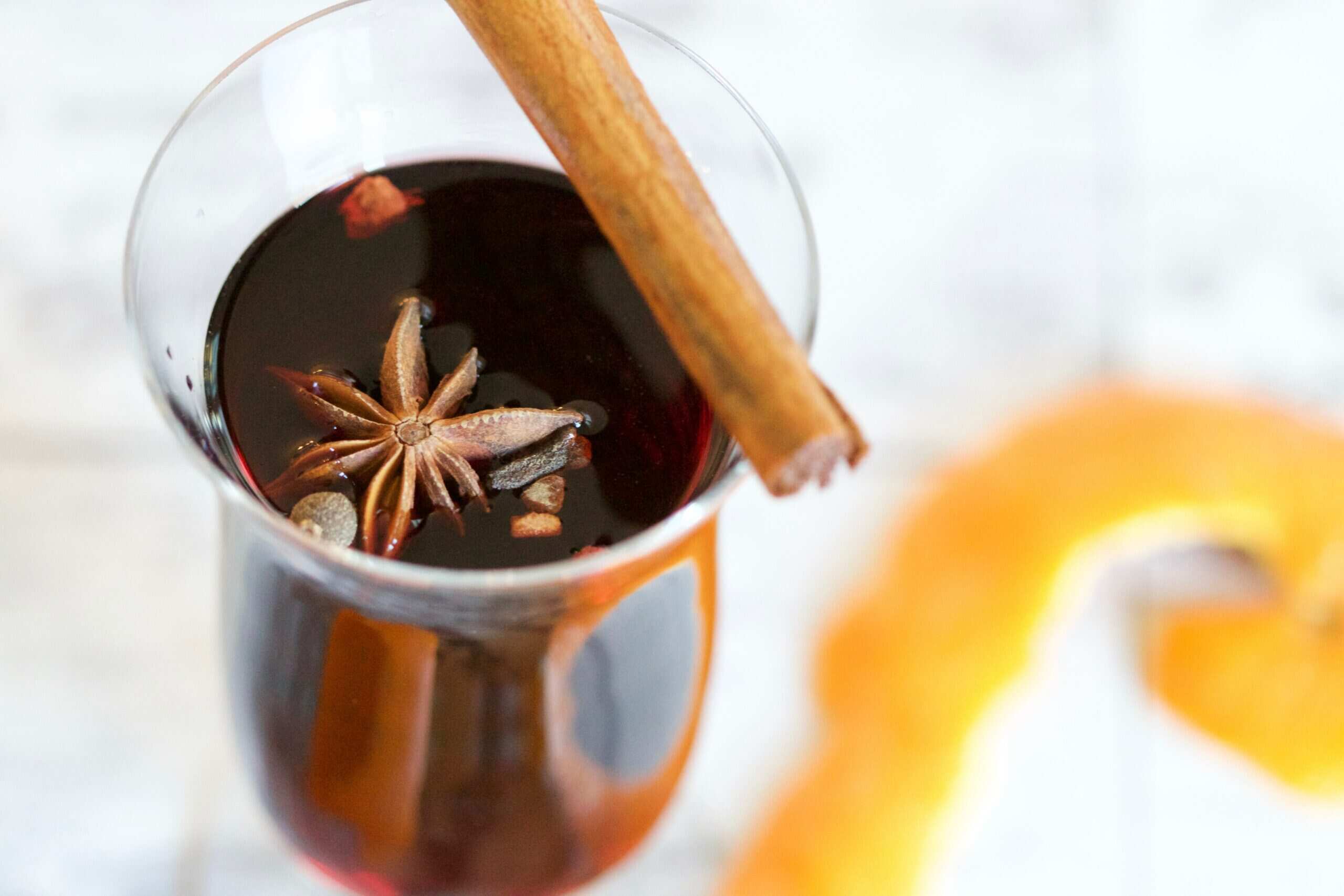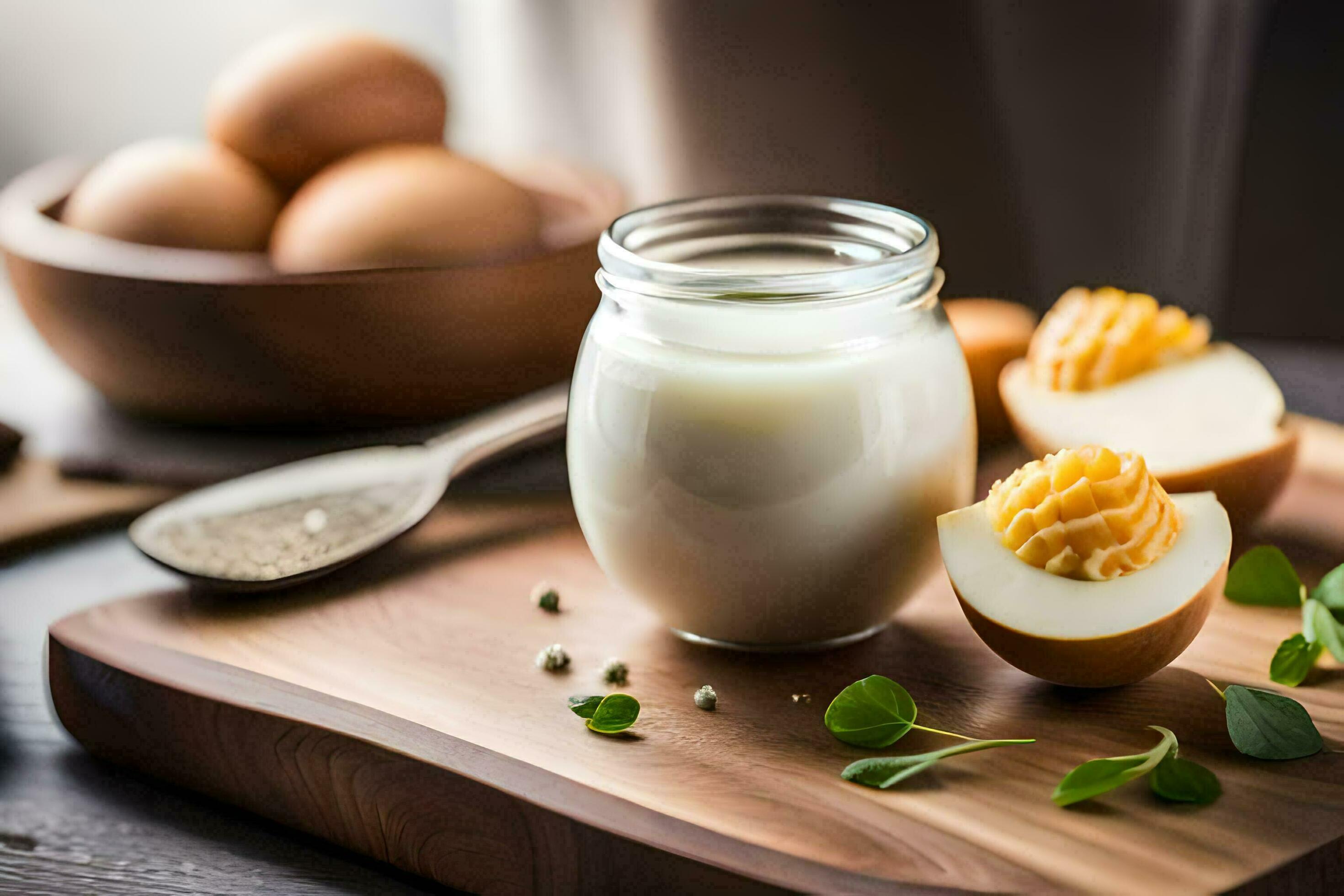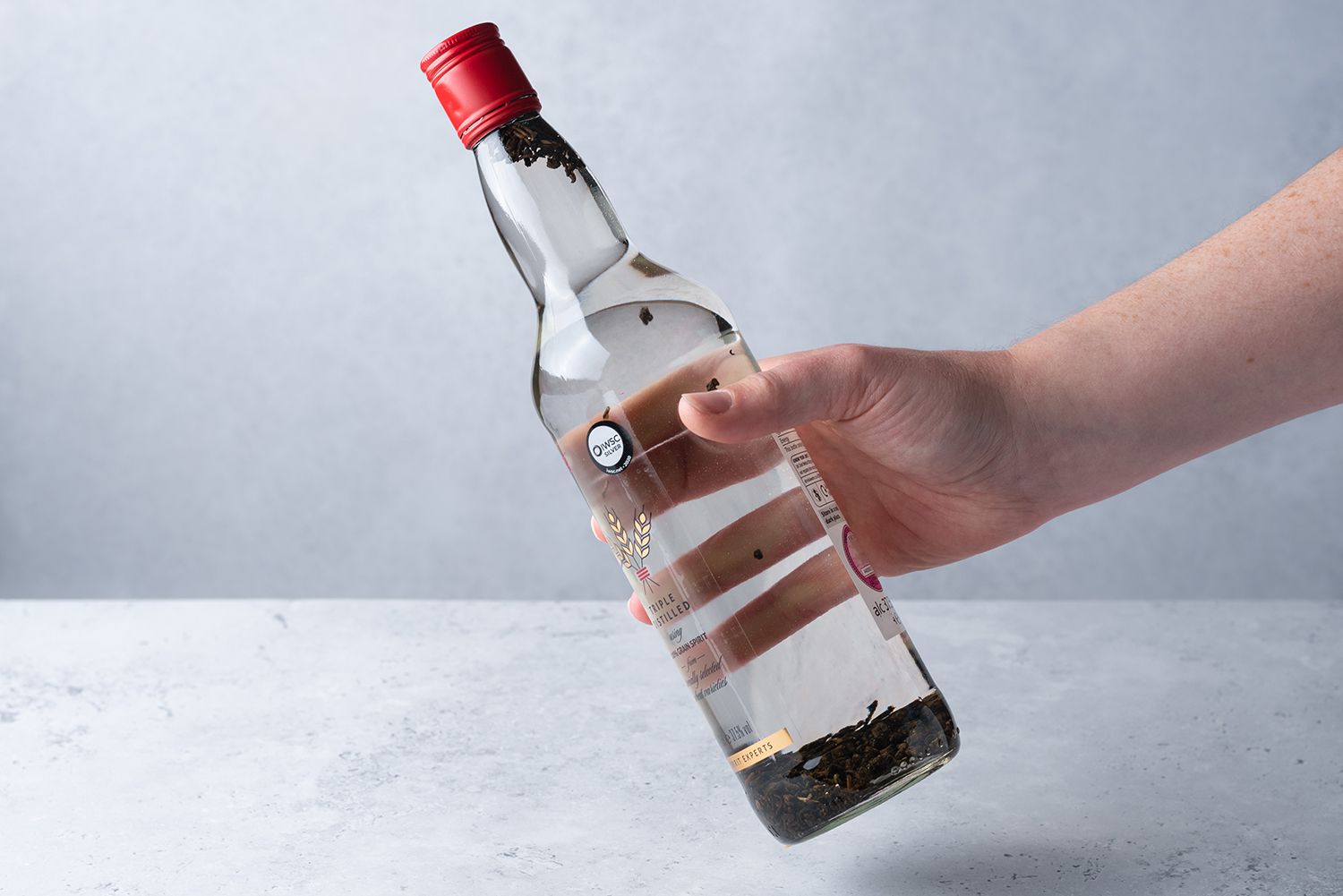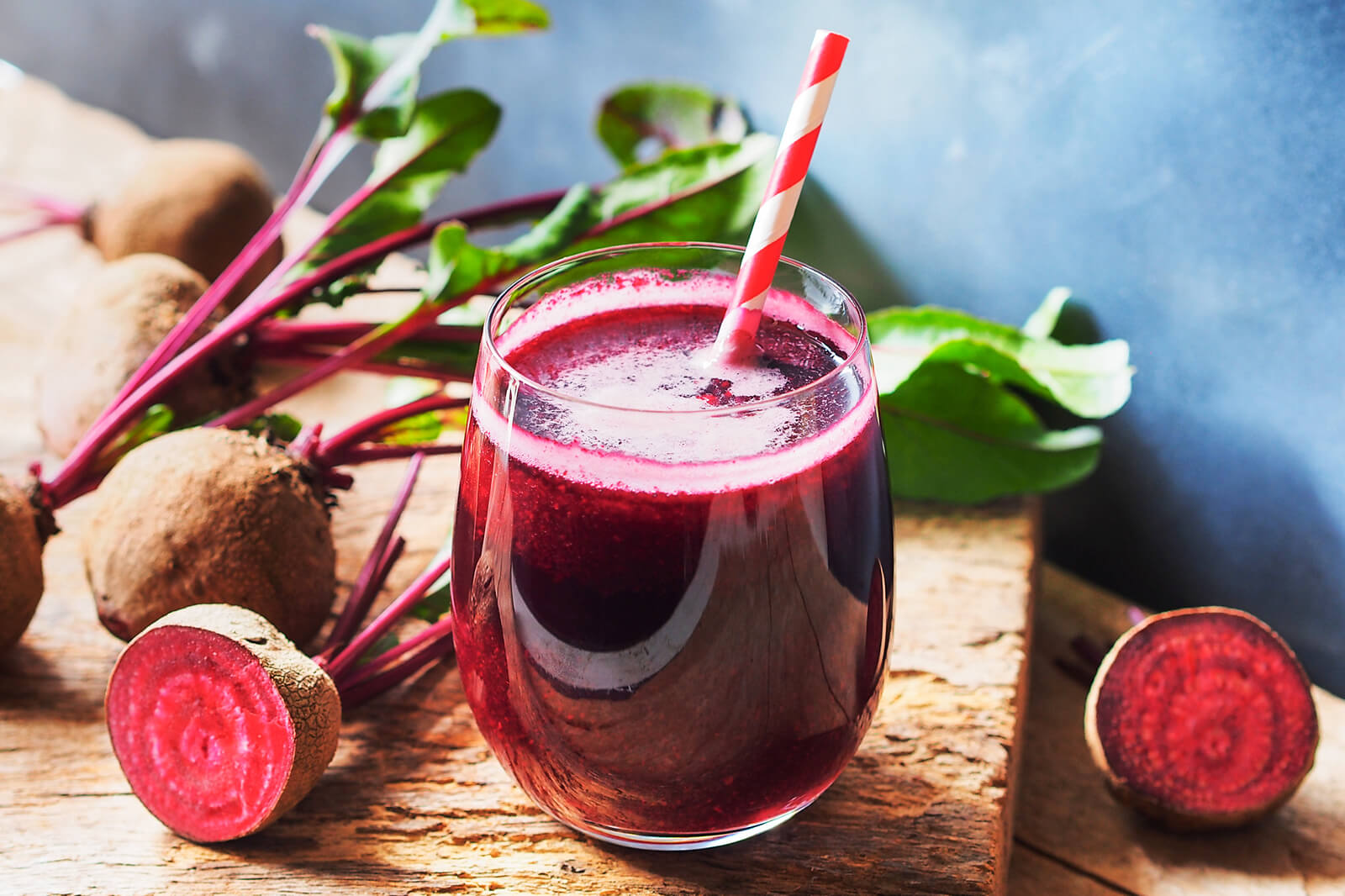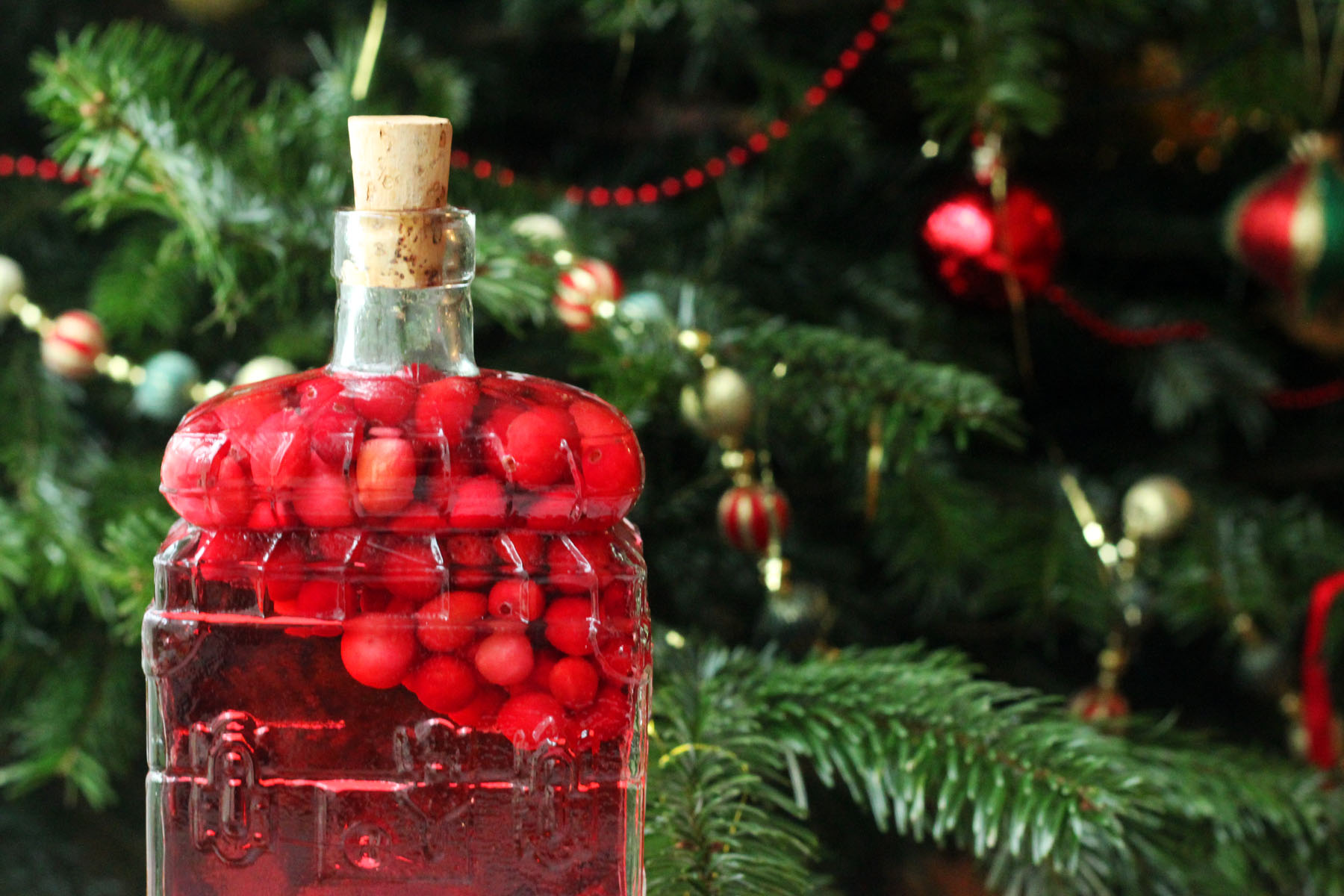Enhance Your Wine Experience with Infusions
Wine is a beloved beverage that has been enjoyed for centuries. While it’s delicious on its own, infusing wine with various flavors can take it to a whole new level. Whether you’re a wine enthusiast or a novice, learning how to infuse wine can add an exciting twist to your drinking experience. In this guide, we’ll explore the art of infusing wine and provide you with some creative ideas to get started.
Understanding Wine Infusions
Infusing wine involves adding natural ingredients to wine to impart new flavors and aromas. This process can elevate the taste profile of the wine, creating a unique and personalized beverage. The possibilities for infusions are endless, allowing you to experiment with different combinations to find your perfect blend.
How to Infuse Wine
Infusing wine is a simple process that requires a few key steps. Here’s a basic guide to get you started:
- Choose Your Wine: Select a wine that will complement the flavors you want to infuse. White wines pair well with lighter, fruitier infusions, while red wines can handle bolder flavors.
- Select Your Ingredients: Choose fresh, high-quality ingredients for your infusion. Fruits, herbs, and spices are popular choices for infusing wine.
- Prepare the Ingredients: Wash and chop your chosen ingredients to release their flavors. For fruits, consider muddling them to extract their juices.
- Combine and Steep: Place the wine and prepared ingredients in a glass container and allow them to steep. The length of time will depend on the intensity of flavor you desire, but a few hours to overnight is typical.
- Strain and Serve: Once the infusion reaches your desired flavor, strain out the solid ingredients and pour the infused wine into serving glasses. Enjoy your custom creation!
Infusion Ideas
Now that you know the basics of infusing wine, it’s time to get creative with your flavor combinations. Here are some popular infusion ideas to inspire your experimentation:
- Citrus Burst: Infuse white wine with slices of oranges, lemons, and limes for a refreshing, citrusy twist.
- Berry Bliss: Add a mix of fresh berries, such as strawberries and blueberries, to red wine for a sweet and fruity infusion.
- Herbal Infusion: Experiment with herbs like rosemary, thyme, or basil to bring earthy and aromatic notes to your wine.
- Spiced Elegance: Create a warm and spicy infusion by adding cinnamon sticks, cloves, and star anise to your favorite red wine.
Enjoy Your Infused Creations
Infusing wine is a delightful way to customize your drinking experience and impress your guests with unique flavor combinations. Whether you prefer a light and fruity infusion or a rich and bold blend, the art of infusing wine allows for endless possibilities. So, gather your ingredients, pour a glass of wine, and let your creativity flow as you embark on your infusion journey!
Was this page helpful?
Read Next: How To Infuse Dried Herbs Into Oil


